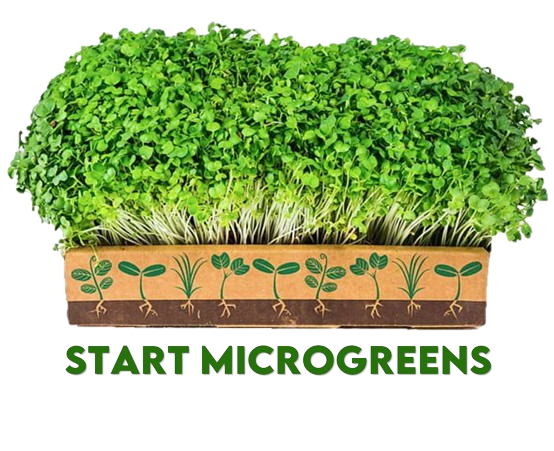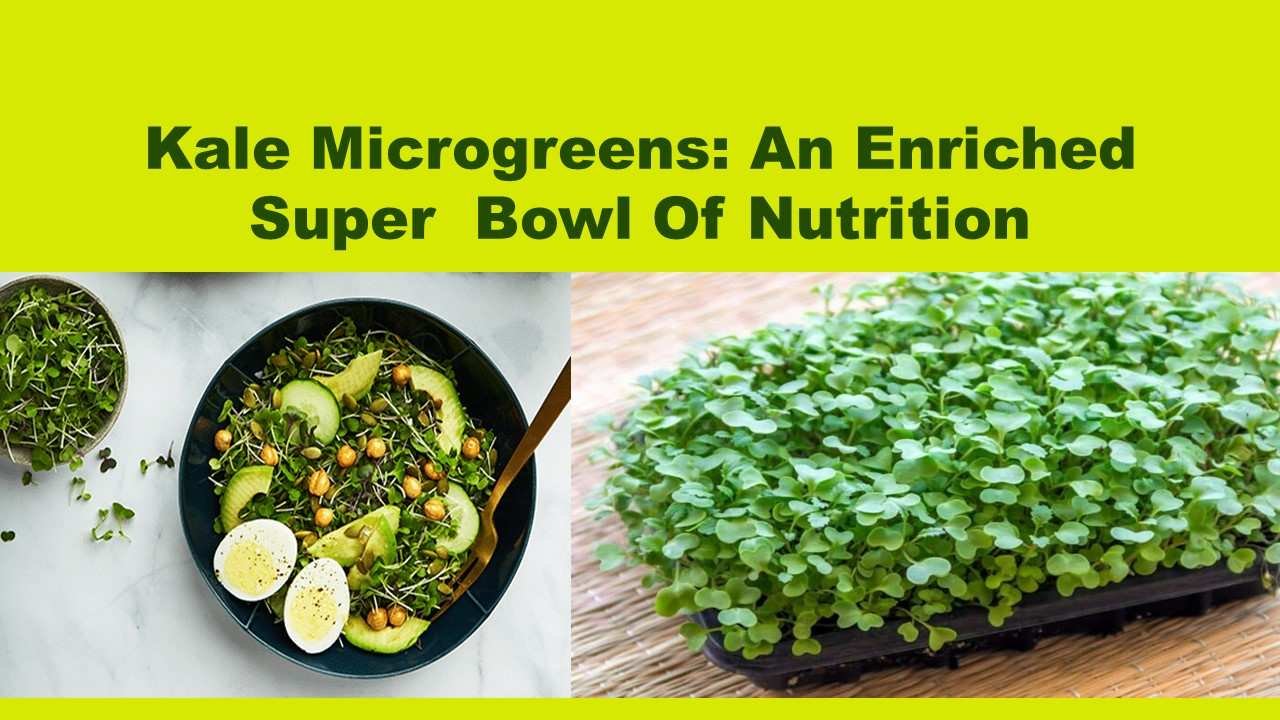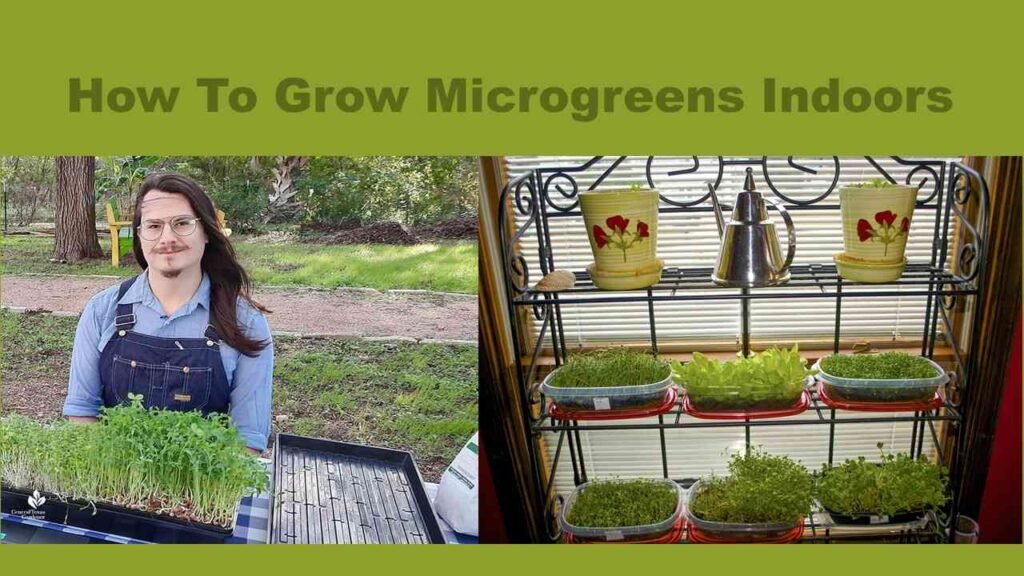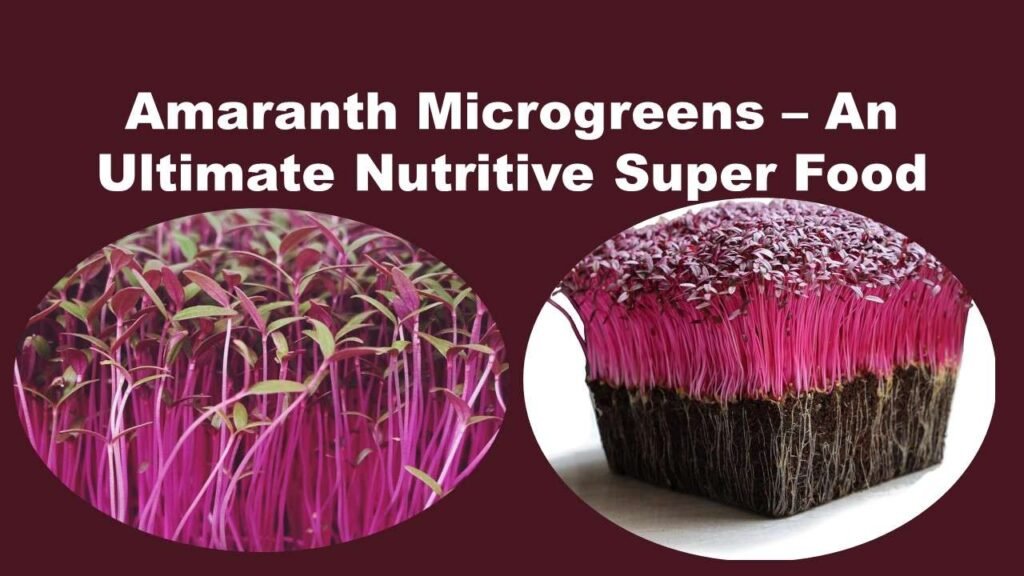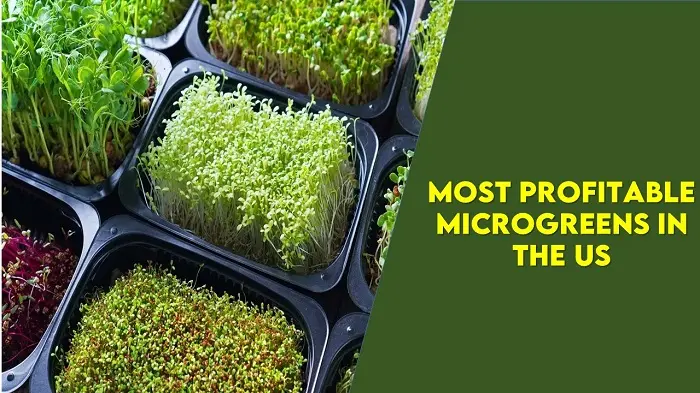Kale Microgreens: An Enriched Super Bowl Of Nutrition
There’s a rising need for a more sustainable, nutrient-dense, and easily available food supply as the world’s population moves into cities. The interest of public and corporate sectors has been mainly into urban farming with more emphasis on cultivation in a controlled environment. Crops are cultivated in a contained area using controlled environmental agricultural techniques, where irrigation and temperature may be optimized, managed, and even automated with the use of analytics on data and machine learning.
Even though controlled environment agriculture has many prospects, it is still in its infancy and can be used for various agricultural products. Microgreens are one of the most popular crops in controlled-growth agriculture because they are so simple to grow in soil or hydroponically. Among all the microgreens, kale microgreens have drawn interest and popularity because of their nutrient content and health benefits. Kale microgreens are young kale plants that are harvested soon after germination, usually before their true leaves have grown.
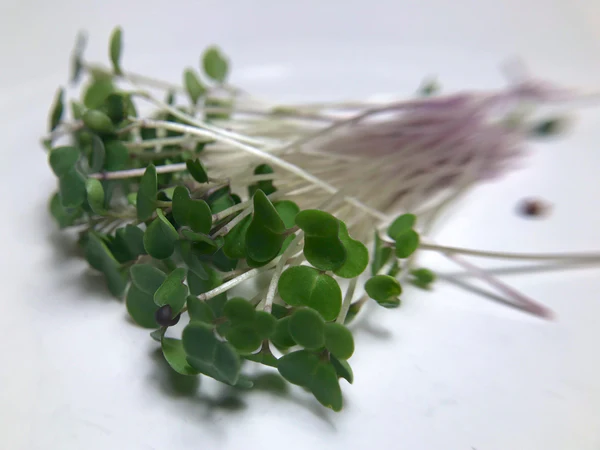
Biological Classification Of Kale
Common Name: Kale
Botanical Name: Brassica oleraceae var. acephala
Family: Brassicaceae
Why are Kale Microgreens healthier than mature ones?
Microgreens are harvested at young growth stages. During this stage, these have just developed their true leaves and are densely packed with all nutrients. The early stage of harvest makes the nutrients to be easily available to the body and thereby promotes efficient absorption. As the life cycle is very short, they retain most of the nutrients in the seed itself because they don’t need to contribute the nutrition to the later stages.
The nutritional composition may vary depending on various factors. They do offer good nutrition to our daily diet but they do not necessarily replace the mature vegetables available. As a result, a concentrated nutrient profile is developed. Here’s the nutritional composition of kale microgreens. Note that the nutritional profile of kale microgreens shows a considerable variation compared to fully grown ones.
| PRINCIPLE | NUTRIENT VALUE |
| VITAMINS | |
| Vit A | 25% |
| Vit B2 | 25.56% |
| Vit B6 | 10.3% |
| Vit B9 | 14.8% |
| Vit C | 101% |
| Vit K | 300% |
| MINERALS | |
| Calcium | 25% |
| Iron | 20% |
| Potassium | 9.6% |
| Manganese | 38% |
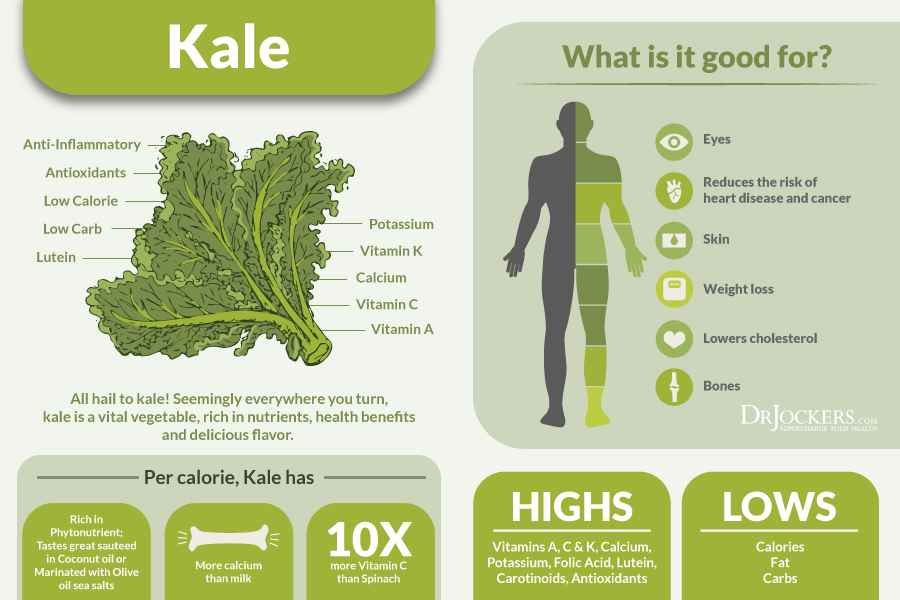
Kale varieties for Microgreens
Scots Kale
It is also known as Curly kale. It is deep green with curly leaves, hence the name.
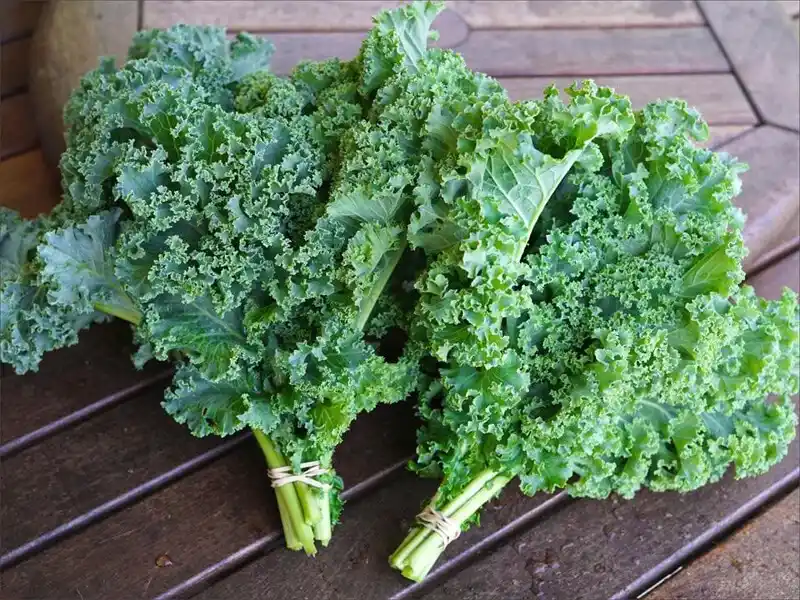
Tuscan Kale
It is also known as Lacinato kale or Dinosaur kale. The has a bumpy texture. It has long narrow leaves which are dark blue.
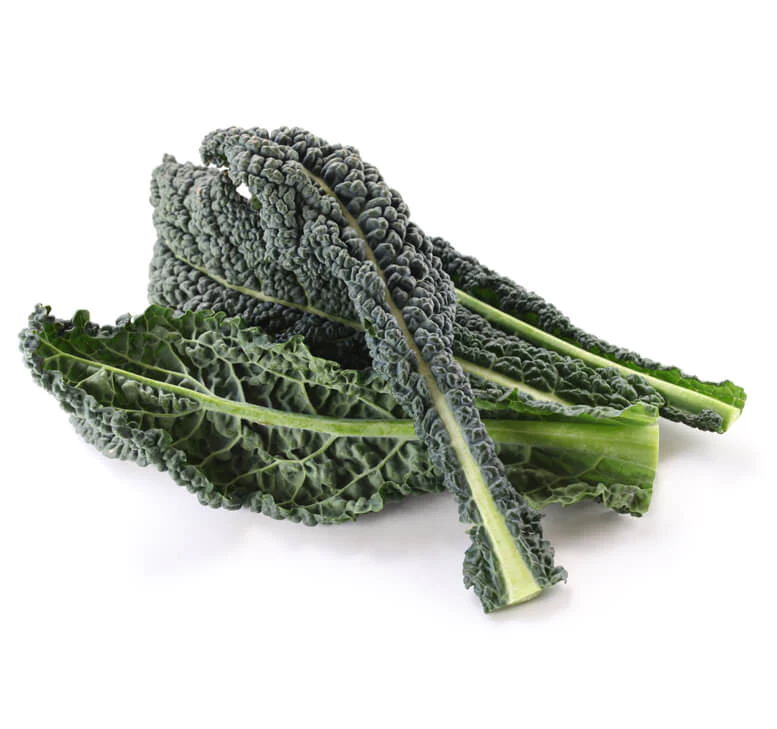
Siberian Kale
It is primarily known for its hardiness. It has bluish-green leaves and gives a sweet flavor
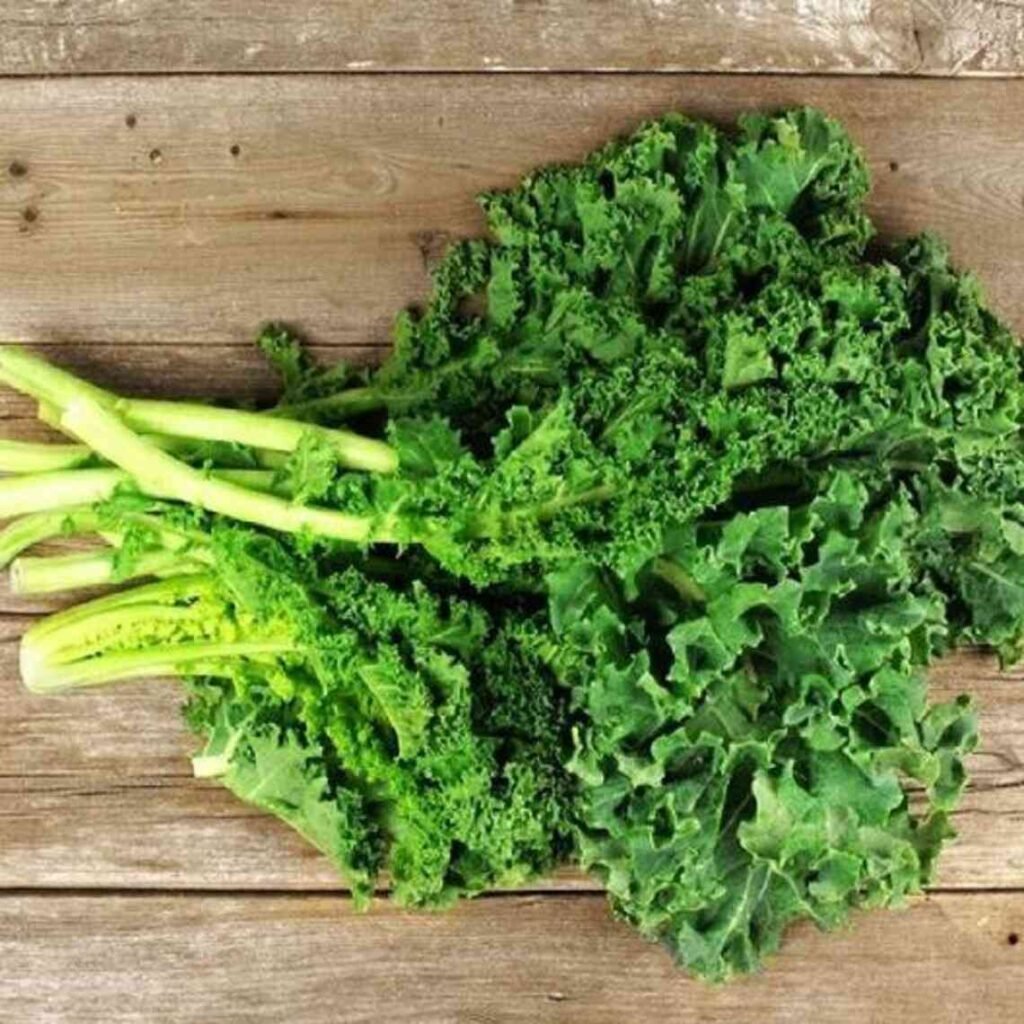
Red Russian Kale
The leaves are red purplish color hence the name. It is mild and sweet when compared to other varieties.
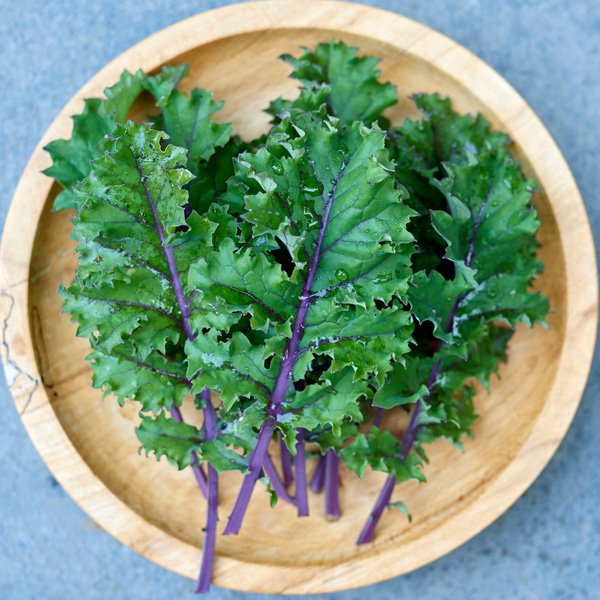
Chinese Kale
It is also termed as Chinese broccoli. When it comes to Asian cuisine, it is widely preferred. It is the only kale variety that gives a bitter taste.
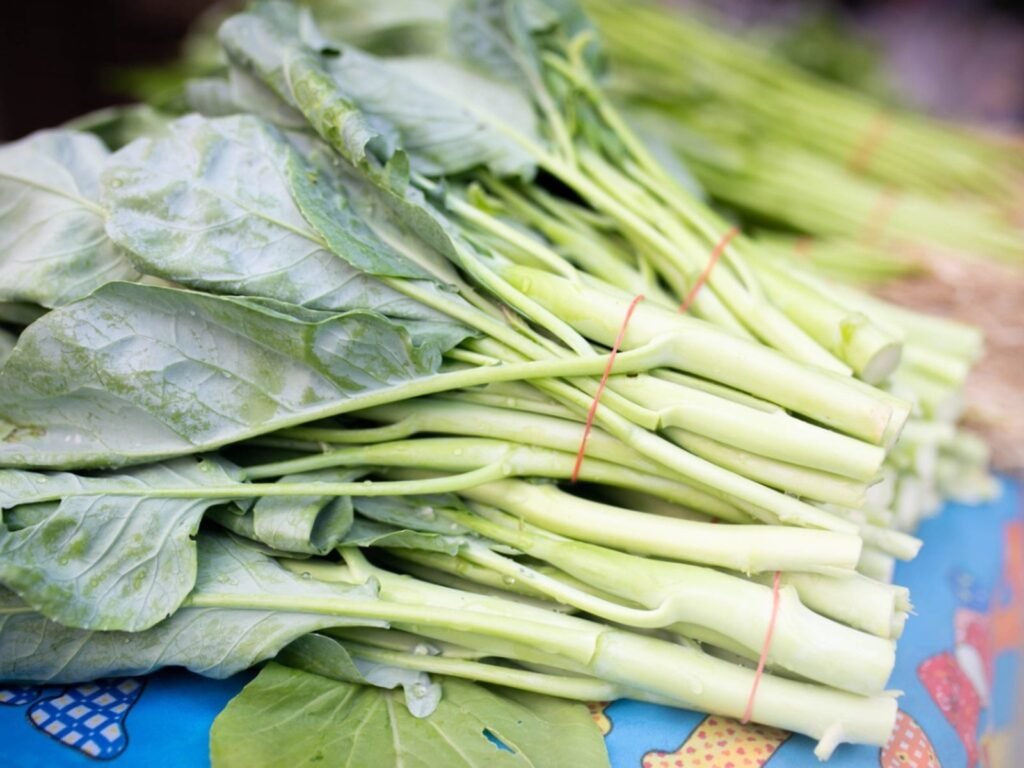
Growing methodology of Kale microgreens
Well, we got introduced to what exactly are these tiny greens and also the nutrient merits they would offer! Now let’s deep dive into the material required and the actual process of growing them. Growing these microgreens is easy and similar to growing any other greens. But utmost care has to be taken during its growth period to ensure profitable yield and reduce considerable losses. It can be grown mainly using two different techniques. One method is growing them by using cocopeat as a medium and the other method involves growing in water media which is through hydroponics.
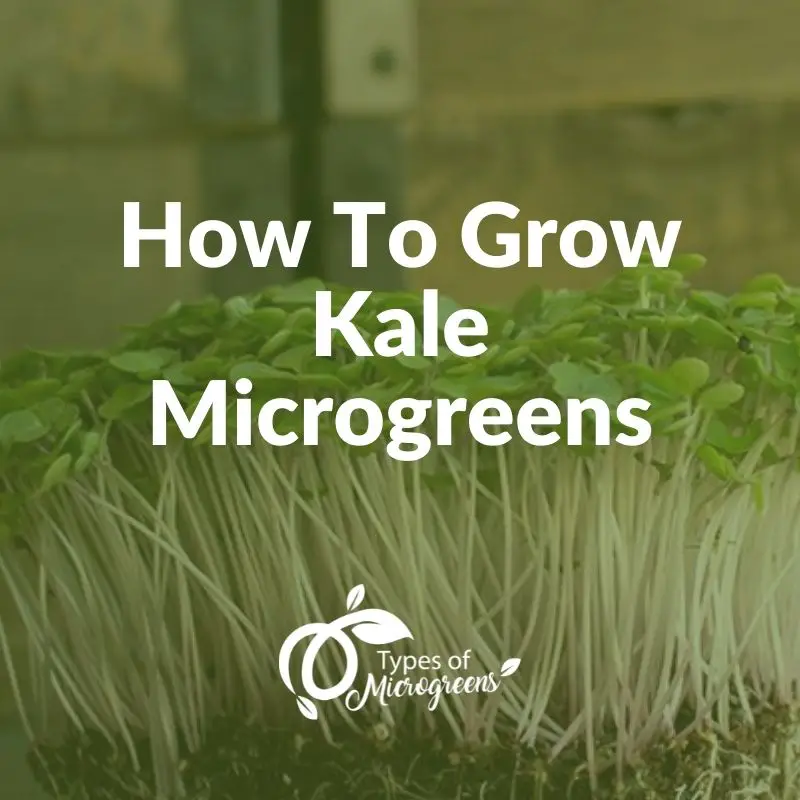
Cultivation of Kale Microgreens Using Cocopeat
Select a clean shallow container or any plastic tray. Make sure to provide drainage holes at the bottom of the tray/container. Fill it with coco peat or soil about an inch or two. Level the tray properly by pressing to ensure a smooth surface. Broadcast the seeds evenly across the surface without any overcrowding. Gently press the seeds and cover them with a half-inch layer of cocopeat. Once the sowing is done, make sure to sprinkle the water. Cover it with a transparent sheet for up to 3 days to prevent the seeds from being exposed to direct sunlight.
Covering them will help in the elongation of shoots in search of sunlight. After the successful completion of the blackout period, remove the sheets and expose them to sunlight or grow lights to ensure proper growth. Providing adequate light is considered important for their healthy growth. Water them regularly preferably with a sprinkler to prevent waterlogging. The media either coco peat or soil should be consistently moist but not wet. Ensure proper aeration to prevent any attack of external biotic entities.
After a long wait of 2 to 3 weeks, your superfood is all set for the harvest. Gently cut the shoots using clean scissors or knife just above the soil level and wash out any adhered soil particles. Use them fresh or store them in a container after proper drying. They can last up to 3 to 4 days if stored properly.
Benefits
- The porous nature of cocopeat aids in good aeration. The root growth can enhanced and also aids in better absorption
- The texture of cocopeat is perfect and holds an excellent property of good water retention capacity which reduces the time interval of irrigation. This also ensures that the roots have access to good moisture levels for longer periods.
- When it comes to soil, the pH has to be adjusted depending on its existing nutritional status. The soil has to be amended to neutral for the betterment of plant growth. Acidity or alkalinity of the soil may hinder the growth process of the plant to a greater extent which needs to be altered thereafter. However, the neutral cocopeat does not demand any necessary corrections in terms of pH and hence is suggested for the growth of a wide range of plant species starting from the germination stage.
Cultivation of Kale Microgreens Hydroponic Technique
The cost for hydroponic setup might start from 10k and go to lakhs depending on the extent of the area chosen. The nutrient-dense and flavor-rich microgreens are said to be getting immense demand in home gardens and also in the commercial aspect. Well, this technique is proven to get high yields without compromising the quality, the cost might feel a little higher. The entire hydroponic setup for microgreens involves many components like shallow trays which serve as the containers for planting.
A nutrient solution is needed which mitigates the addition of fertilizers, and grow lights set up is required which mitigates the natural sunlight. EC and pH meters are required to constantly check the status of the nutrient media. The hydroponic set might be an expensive way when it comes to growing microgreens but can be an eye-catching setup.
Benefits
- When you are opting for hydroponics, year-round cultivation can be made as it is not restricted to specific seasons. The microgreens can be grown throughout the year and that ensures constant supply.
- The hydroponic system provides a controlled environment which allows them to grow faster, the produce comes to harvest in less time as the growth is enhanced.
- It is said that the plants grown hydroponically will have a higher nutrient profile than those cultivated from the soil, thus it provides a good concentration of nutrients.
Climatic requirements for Growing Kale microgreens
They thrive in moderate to warm climatic conditions. With a good lighting set up, they can be grown even in indoors. Here are some specifications of climatic requirements for their successful growth
| Temperature | 16 C – 23C |
| Humidity | 45% – 65% |
| Light | 14 – 16 hrs |
Problems faced during the growth process
Though growing microgreens is a simple and easy process, certain challenges may be encountered during its growth process like any other.
Uneven growth: Growth variability might be observed even in the same batch of microgreens. This can be due to uneven and improper seed distribution, light inconsistency, and inadequate water availability. This can be avoided through proper care and monitoring
Damping off: It is a fungal disease usually seen in the nursery stage where the seedlings fall off from being erect. Wilting and death may occur in severe cases. This may be due to overwatering where a waterlogged condition is created.
Mold: High humidity and excessive moisture can create a favorable condition for mold to develop. To avoid this, provision for proper air circulation should be provided, and make sure the seedlings are not overwatered.
Leggy growth: No proper sunlight can result in elongated stems or become leggy as the microgreens try to reach out in search of light. For healthy and proper growth, natural sunlight or artificial growth lights set up is crucial.
Precautions need to be followed while growing
- Use clean and sterilized material ( seeds, trays, soil/cocopeat)
- Provide proper aeration to prevent any fungi build-up.
- Don’t overwater, as it may result in mold growth.
- Harvest them in the early stages i.e. when first true leaves appear for the best nutrition and flavor.
Culinary applications of Kale Microgreens
Kale microgreens are versatile having a good flavor and vibrant appearance offering diversified culinary applications such as the following
- Wraps and sandwiches
- Garnishing
- Salads
- Soups
- Topping
- Veg bowls
- Smoothie bowls
- Sauteed dishes
- Stir-fries
Conclusion
Kale microgreens are tiny and healthy viable babies. These efficient and quick greens have carved a unique niche. These are simply a pack of nutritional punch that can be easily grown and maintained by everyone making it accessible to all the people. It is a new plant-based functional food that consists of seedlings of edible plants which are harvested in two weeks. Moreover, these are pretty convenient to cultivate as they require minimal space and time. Despite a few challenges like mold attack, damping off, and other indoor pests, proper care and attention to them will help in creating uniform growth and successful harvest. They add plenty of nutrition to the meal without impacting any calorie intake.
